Classic Cars, Movies, Music, and Other Stuff ...
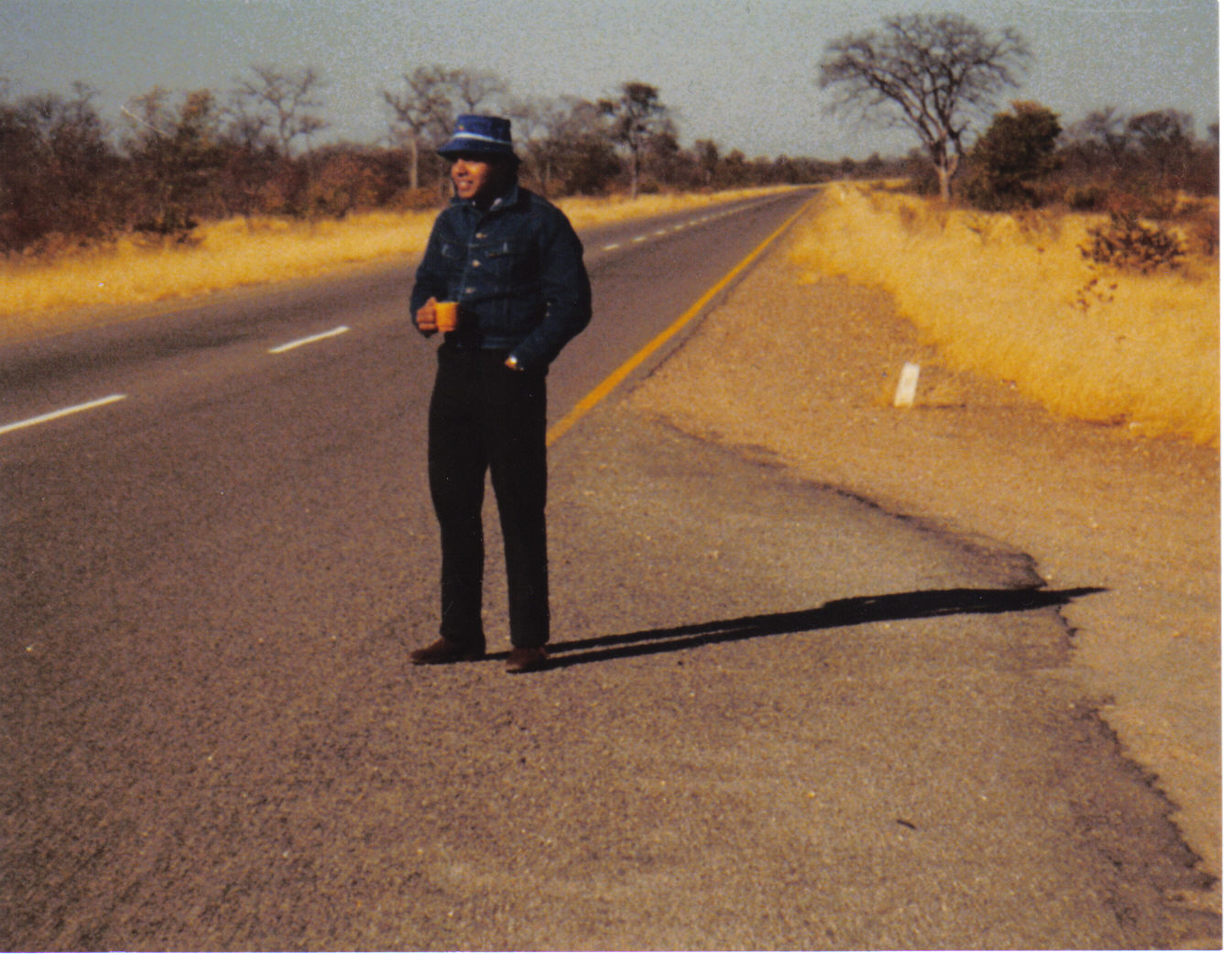
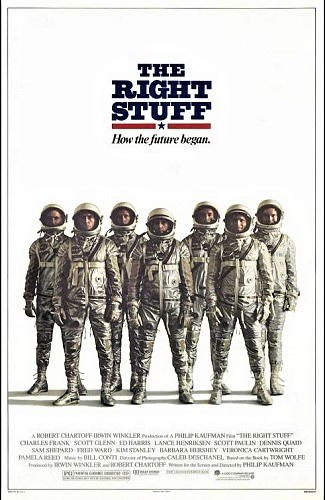
“The Right Stuff” (1983) gives a human angle to the Space Race. And, it does so unlike any documentary you would have seen on the topic. This is because it does so from the point of view of the individuals who were involved. Which makes it so “real.”
“The Right Stuff,” is based on the book of the same name by Tom Wolfe. It begins with the quest to break the sound barrier at Edwards Air Force Base in California. Described as the “demon,” the sound barrier’s definitely spooky going by what the pilots endure during their attempts. As Mach 1 is achieved, we witness the evolution of a unique group pilots. And they’re on their way to becoming legends in space travel.
Meanwhile, the Soviets manage to place their “Sputnik” into orbit sending shock waves in the U.S. And, they follow it up by putting the first man in space as well. The Space Race is on and the Americans decide their response to the USSR will require a special breed of men. Their selection process, named Project Mercury (1958 – 1963), and its resultant experiences form the backdrop of “The Right Stuff.”
“The Right Stuff” has an interestingly diverse cast forming the sum of the of people involved with Project Mercury.
It results in the selection of seven astronauts, who are central to the movie. They include:
This was the late Sam Shepard’s only Oscar nominated role. Chuck Yeager was instrumental in training Test Pilots at Edwards Air Force Base. But, could not qualify for Astronaut training himself as a college degree was one of the requirements which he did not have.
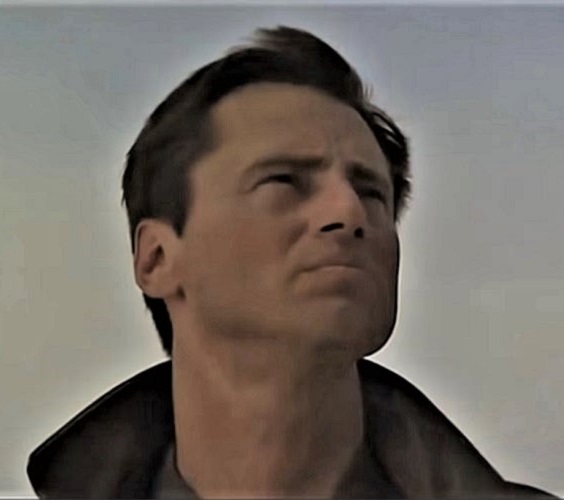
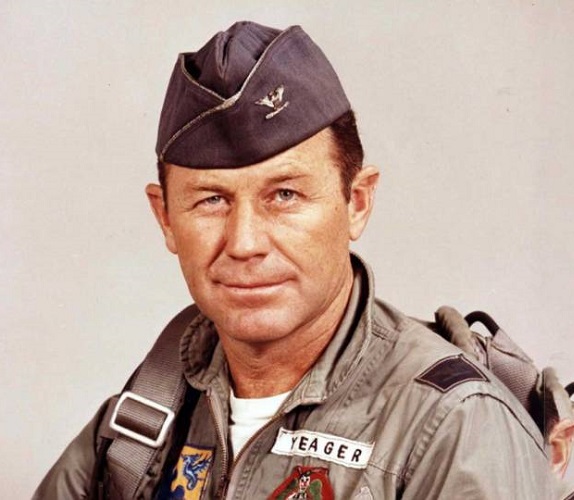
Alan Shepard holds the distinction for being the first American in space. He was impressed how well Scott Glenn managed to get his mannerisms and personality, but joked he wasn’t as “good looking!”
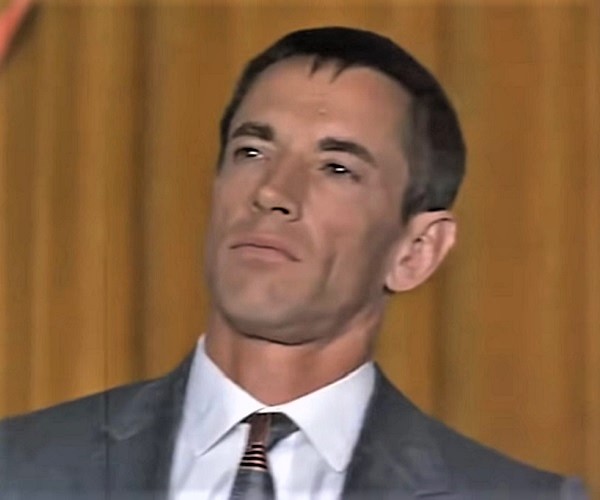
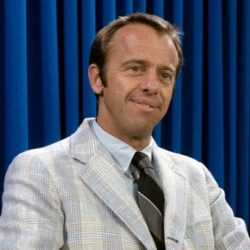
A distinguished air ace, John Glenn was the last survivor of the original seven astronauts selected for the Mercury program. Until 2021, he had the distinction of the being the oldest person in space, when he went up on the Space Shuttle Discovery in 1998.
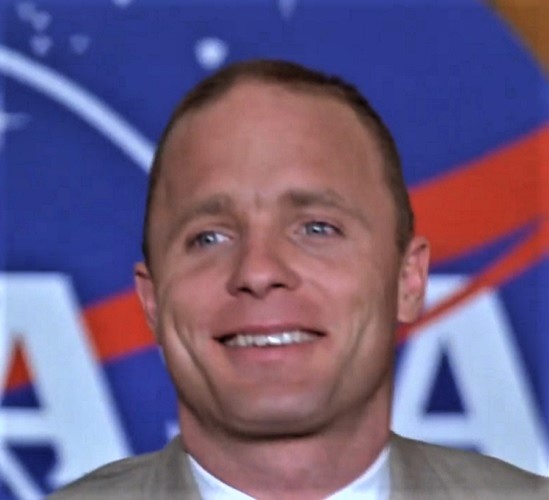
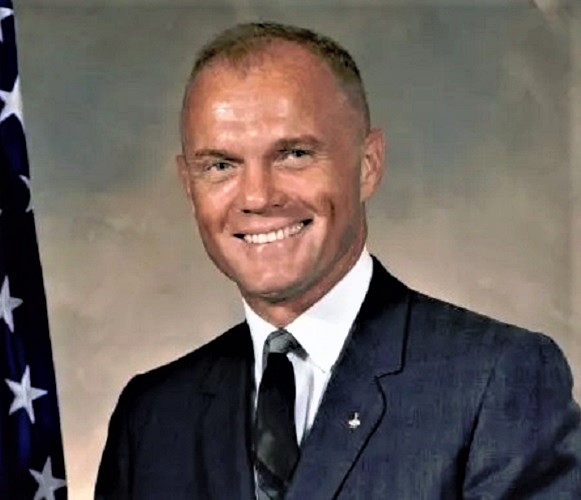
A racing enthusiast, Gordon Cooper was the first American to spend an entire day in space in a 34 hour mission on the Mercury-Atlas 9 – the last Mercury mission. He was also the first to sleep in space.
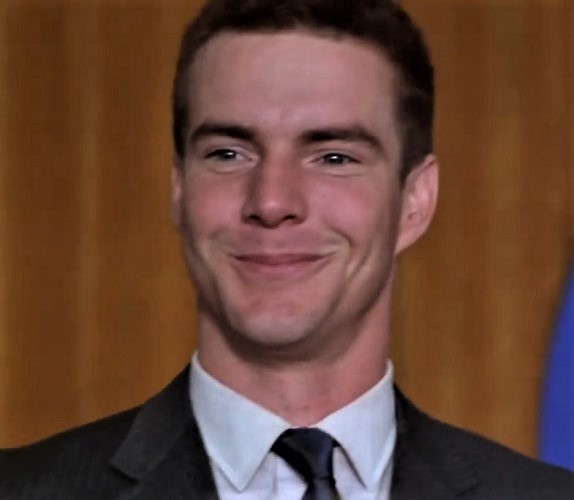
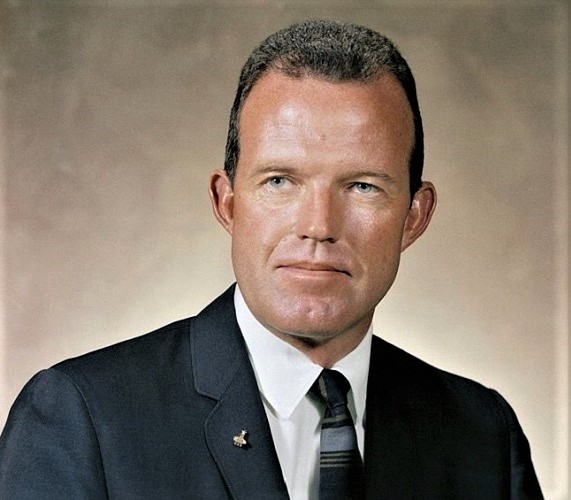
Wally Schirra was the fifth American and ninth human to travel into space. Flying in the Mercury, Gemini, and Apollo programs, he became the first American to “go up” three times.
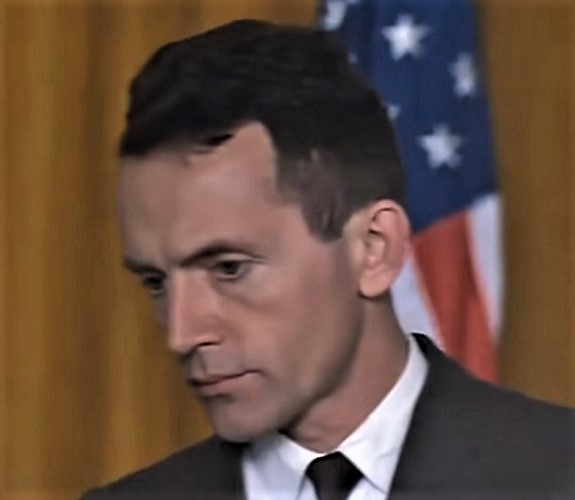
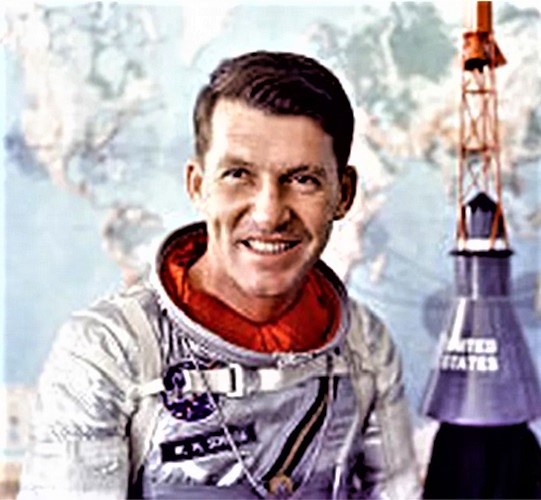
Carpenter was the backup to Glenn. He did not get to go up into space until 1962, on the Mercury-Atlas 7, which landed 250 miles off target on return. Speculation was rife of the crew’s survival, until they were located in their life raft.
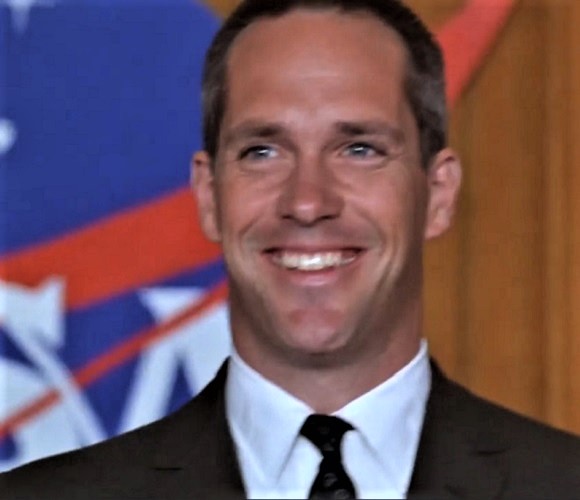
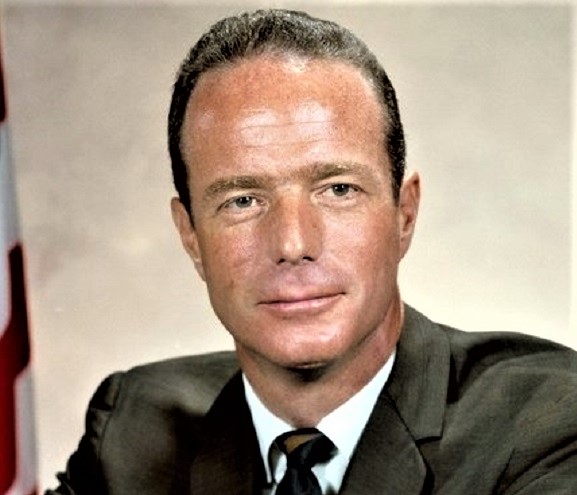
Due to the discovery of a heart ailment, Deke Slayton was sidelined for much of the Program in 1962. Cleared later, he was part of the American crew in the famous Apollo-Soyuz linkup in 1975.
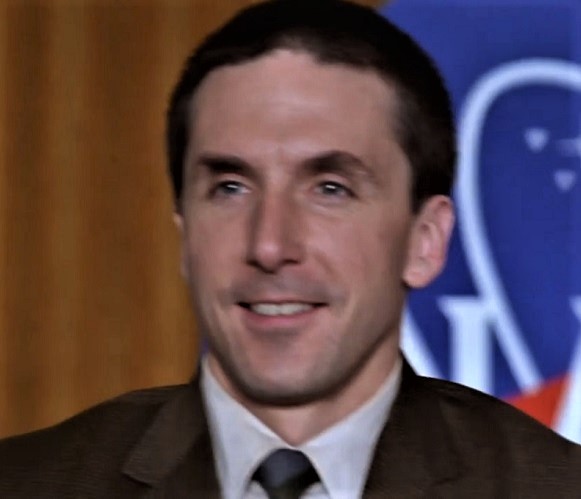
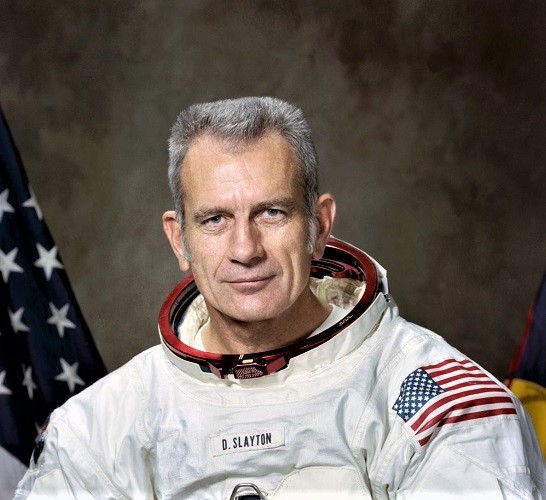
Gus Grissom was the second American in space. He suffered the embarrassment of blame regarding a less than perfect return from space, when the escape hatch was activated prematurely. He was to perish along with Chaffee, and White, on the launchpad in the Apollo 1 disaster, January 27th, 1967.
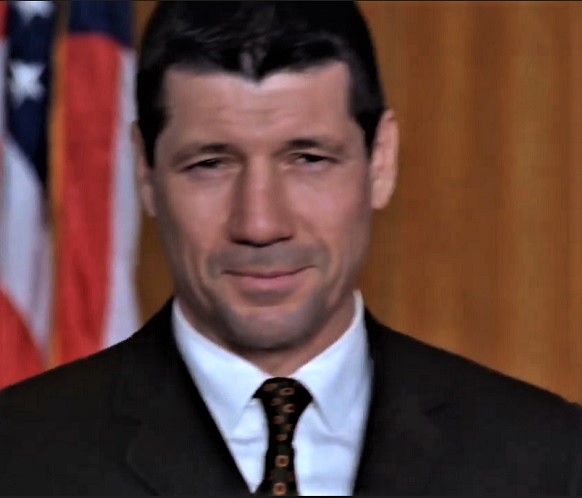
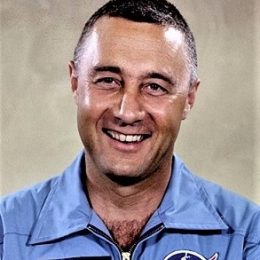
Lyndon Johnson was very passionate about the US Space Program, and the one who actually convinced J F Kennedy into pursuing it more aggressively.
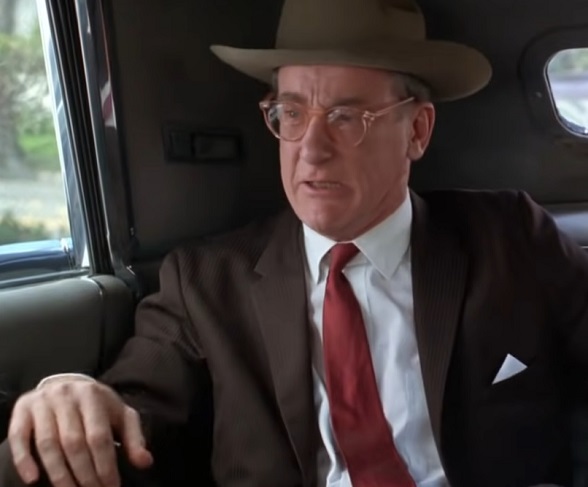
There are two aspects to the movie that stand out for me.
As the central theme of the movie is the seven select men, it is they, who make it such a fascinating watch. Care is taken for an accurate portrayal of the original seven. So the most endearing thing about “The Right Stiff,” is that it removes the veneer of officialdom, giving us a candid look at their personalities. There’s also an interesting look at their wives and how they handle the limelight they’ve been thrust into – adding another fascinating dimension. Others worth noting are Lyndon B. Johnson’s bigger than life Texas persona, and interest in the program. The contrasting personalities of the impassive German scientist Wernher von Braun’s approach to that of the emotionally charged astronauts is striking. One of the most humorous scenes is that the character of Nurse Murch, played by the late comedienne/musician, Jane Dornacker during their tests.
From the first X-planes onward, there’s an impressive portrayal of the challenges faced on the project. A fair bit showcases the challenges of getting the first human into space, and back, safely. The stress, and fear, of the risks involved is palpable and presented better than most documentaries. This includes breaking the sound barrier, through designing the rockets, and space capsules capable of providing uncompromising safety for the astronauts.
Some so well portrayed, they have you on the edge of your seat. The transition between the real, and movie footage is well done. Light use, if any at all, of CGI is something I appreciate. There are some “goofs,” regarding aspects of everyday life, but too subtle to notice.
A wonderful all-round production that leaves one with a deep appreciation and awe for all those involved in the Project.
(Source: IMDB)
YouTube / Movieclips Classic Trailers
Other versions of “The Right Stuff” have been made, including a TV miniseries, and a documentary. But this 1983 dramatization is likely the best. Documentaries, would be unable to portray the story from as close and humanly possible an angle. Hence the reason this dramatic production wins out.
It had me looking at the earliest days of the US Space Program as I had never envisioned before. The variety of emotions add a new dimension to the topic. “The Right Stuff” is definitely worth watching for any space aficionado. You get a grasp of the struggles then as the United States struggled to catch up with the Soviet Union. In fact, everyone needs to watch this movie once – before they make a CGI infused overly dramatic spectacle – which would be criminal.
I welcome your comments below.
“The Swimmer”(1968): A Feast of Tragic Narratives?
1940s Refugees on the Southern Border
“Tormented” (1960) – Better Than I Expected
Thaps On the Large Screen (and the Small One)